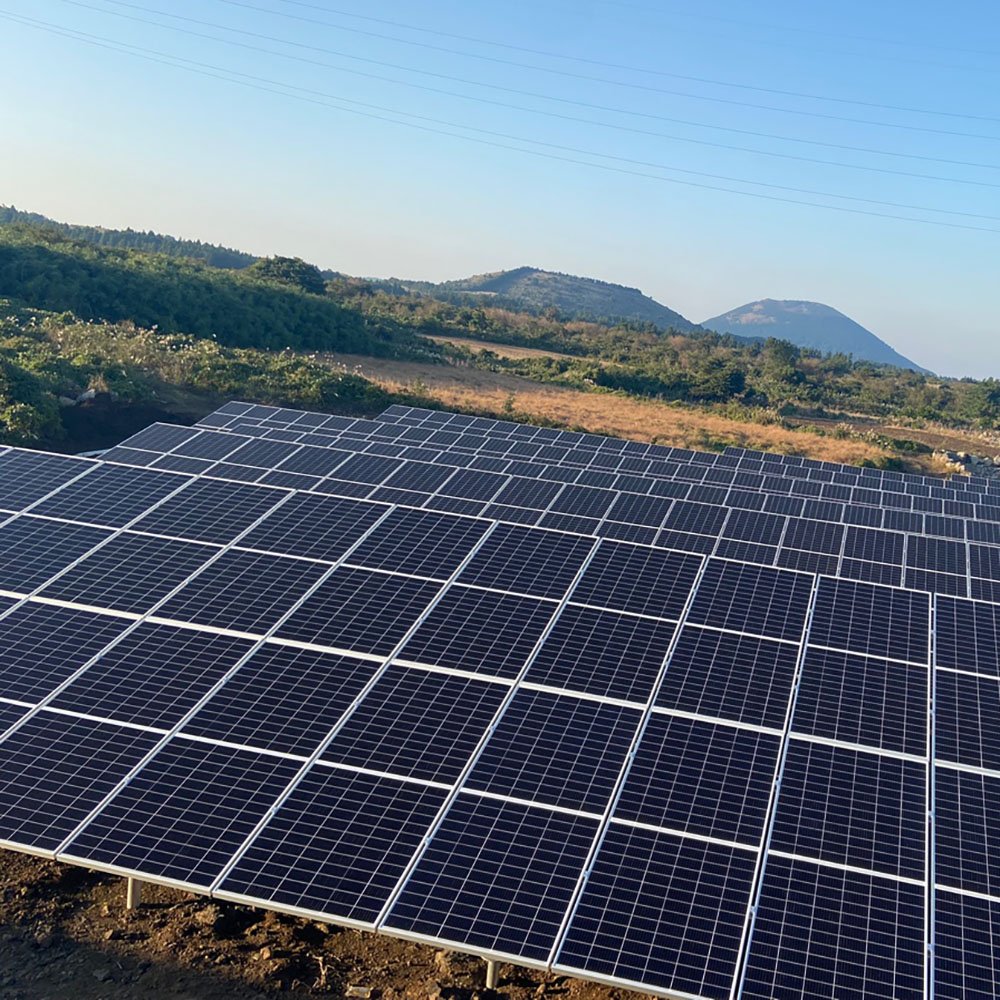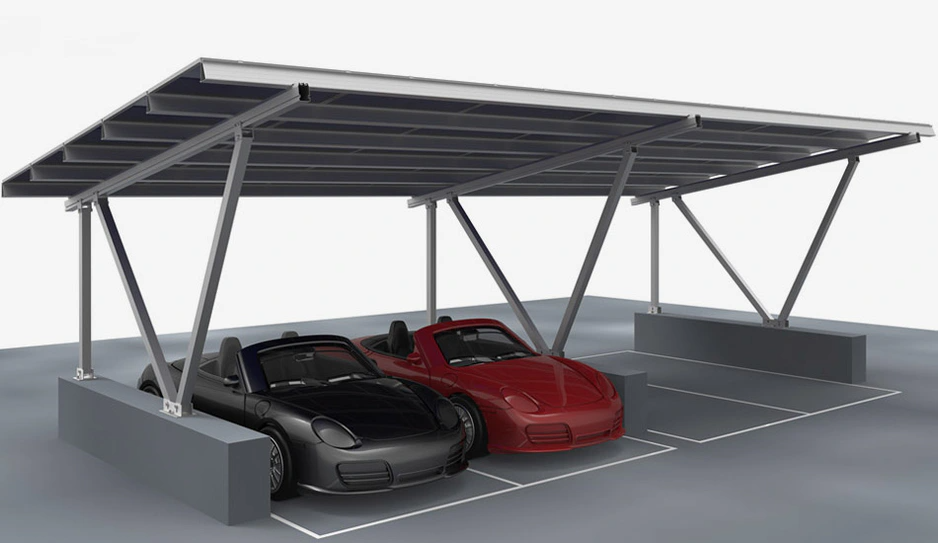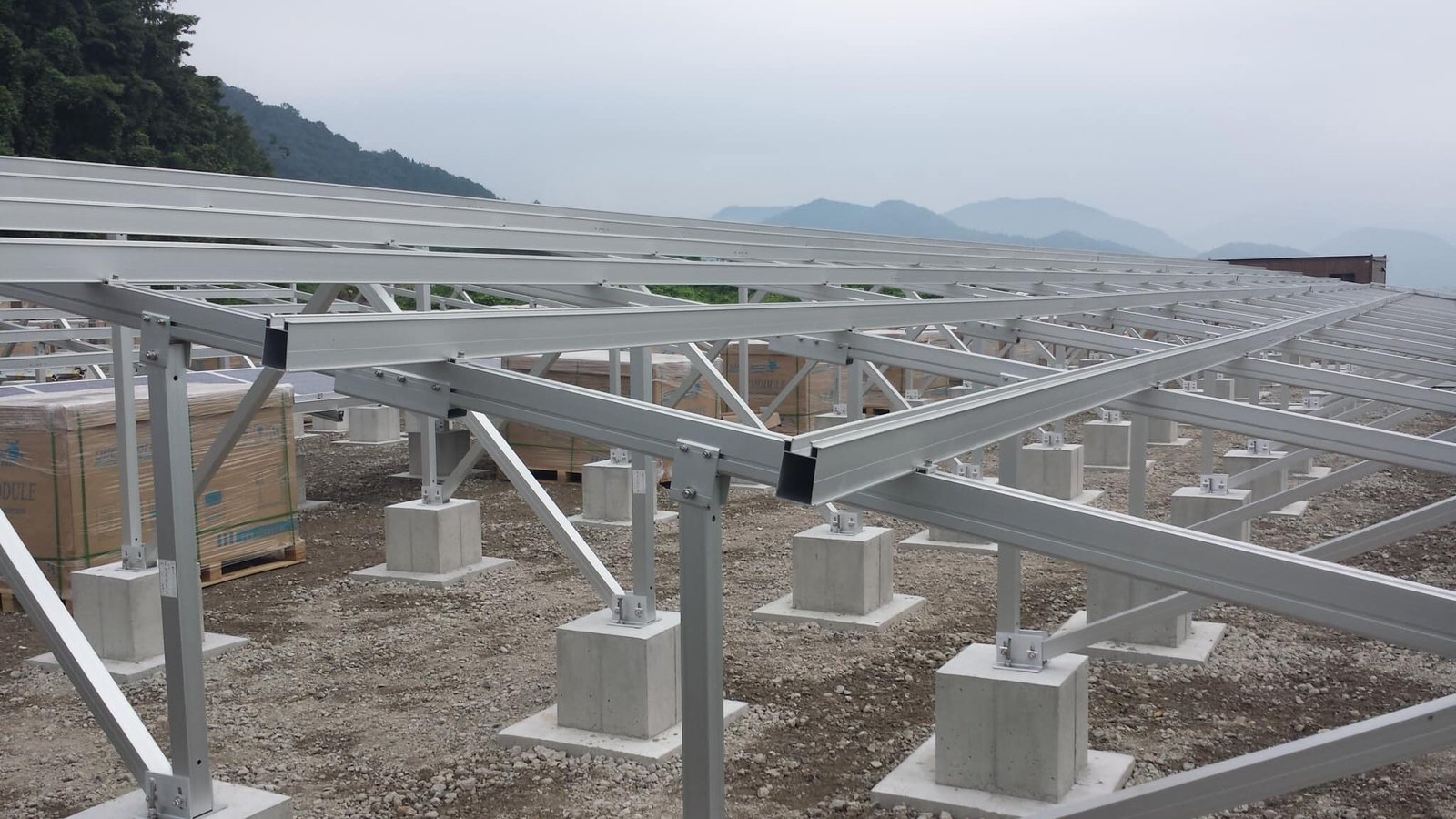-
2103 غرفة رقم 322 طريق شينغغانغ ون، منطقة هايكانغ، شيامن فوجيان، الصين
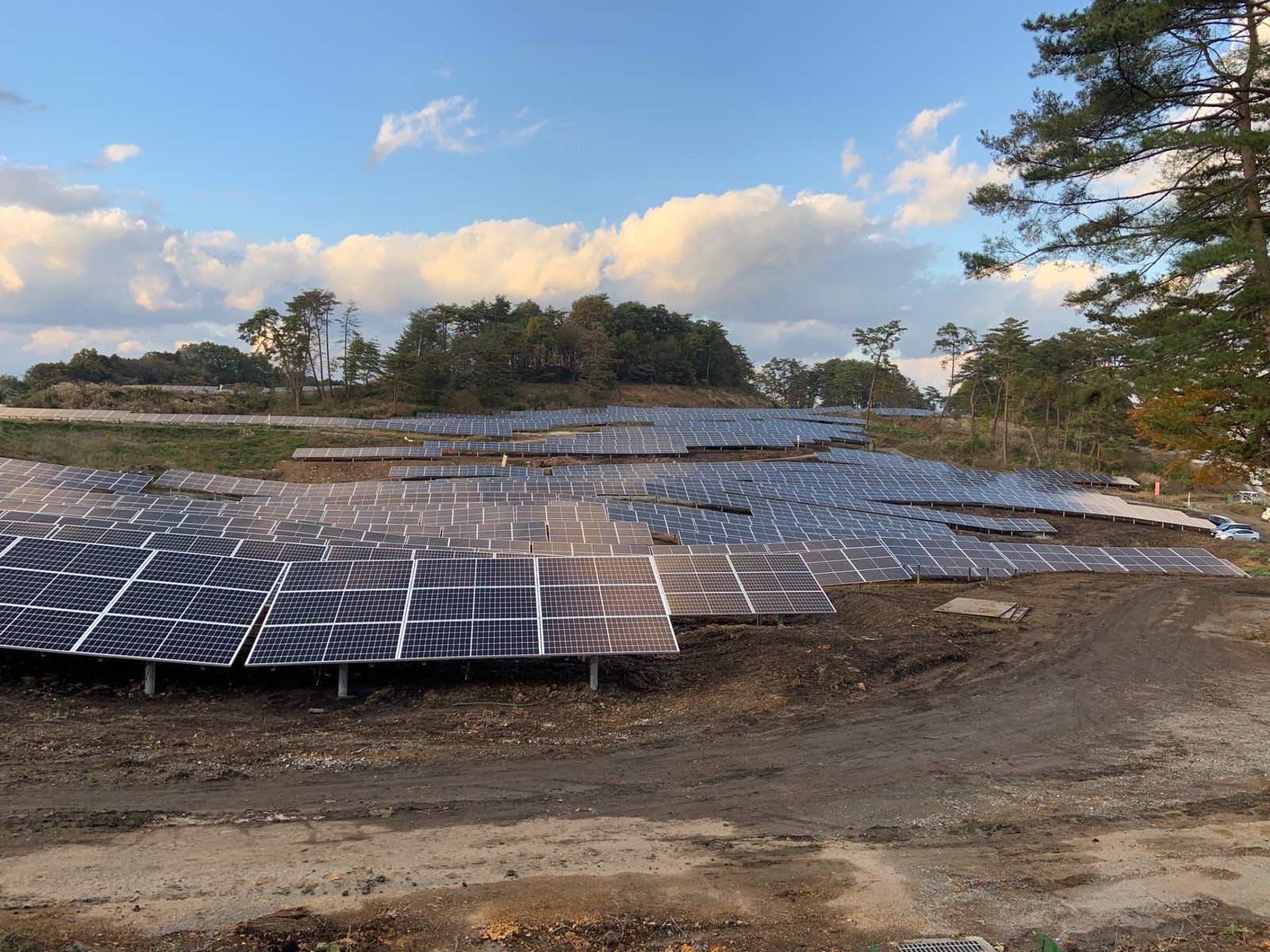
Differences Between SUS304, SUS316, and SUS430 Stainless Steel
Stainless steel is valued for its corrosion resistance, durability, and aesthetic appeal. Among the various types, SUS304, SUS316, and SUS430 are three commonly used grades. This article explores the key differences between these materials and their ideal applications in industries such as construction, kitchenware, and solar mounting systems.
Table of Contents
What is SUS304?
Key Features
- Austenitic stainless steel
- Excellent corrosion resistance in a wide range of environments
- Good formability and weldability
- Non-magnetic
- High toughness even in low temperatures
Common Applications
- Kitchen equipment: sinks, pots, and utensils
- Chemical equipment: tanks, pipes, and valves
- Architectural components: handrails, signage
- Medical devices: surgical tools and hospital instruments

Used in solar panel wiring systems: 304 Stainless Steel Solar Panel Cable Clips
What is SUS316?
Key Features
- Similar to SUS304 but with added molybdenum
- Superior resistance to chlorides (salt water) and pitting corrosion
- Excellent high-temperature resistance
- Good weldability and machinability
Common Applications
- Marine components: boat fixtures and offshore structures
- Chemical processing: acid pipelines and tanks
- Food industry: sanitary piping and high-hygiene environments
- Nuclear power: high-pressure and high-temperature conditions
What is SUS430?
Key Features
- Ferritic stainless steel
- Moderate corrosion resistance in air and freshwater environments
- Magnetic
- High thermal conductivity
- Cost-effective compared to austenitic grades
Common Applications
- Home appliances: washing machine drums, microwave panels
- Automotive: exhaust systems, trims
- Architecture: roofing materials and indoor panels
- Low-cost kitchen equipment

Example in solar: Galvanized Steel Channels for Solar Mounting Bracket
Comparative Table
| الميزة | SUS304 | SUS316 | SUS430 |
|---|---|---|---|
| Steel Type | Austenitic | Austenitic | Ferritic |
| مقاومة التآكل | ◎ | ◎+ | ○ |
| Pitting Resistance | ○ | ◎ | △ |
| Workability | ◎ | ◎ | ○ |
| Weldability | ◎ | ◎ | ○ |
| Magnetism | None | None | Yes |
| Heat Resistance | ○ | ◎ | △ |
| Cost | معتدل | عالية | Low |
◎: Excellent | ○: Good | △: Fair
Selection Tips for Stainless Steel in Manufacturing
When choosing stainless steel, consider the following:
Environmental Conditions
- SUS304 is suitable for general use, even in humid or mildly corrosive environments.
- SUS316 is ideal for highly corrosive areas like coastal or chemical zones.
- SUS430 is adequate for dry, indoor use where cost is a priority.
Performance Requirements
- Consider corrosion resistance, strength, magnetism, and ease of processing.
- Also evaluate appearance and cleaning requirements in applications such as solar racking systems.
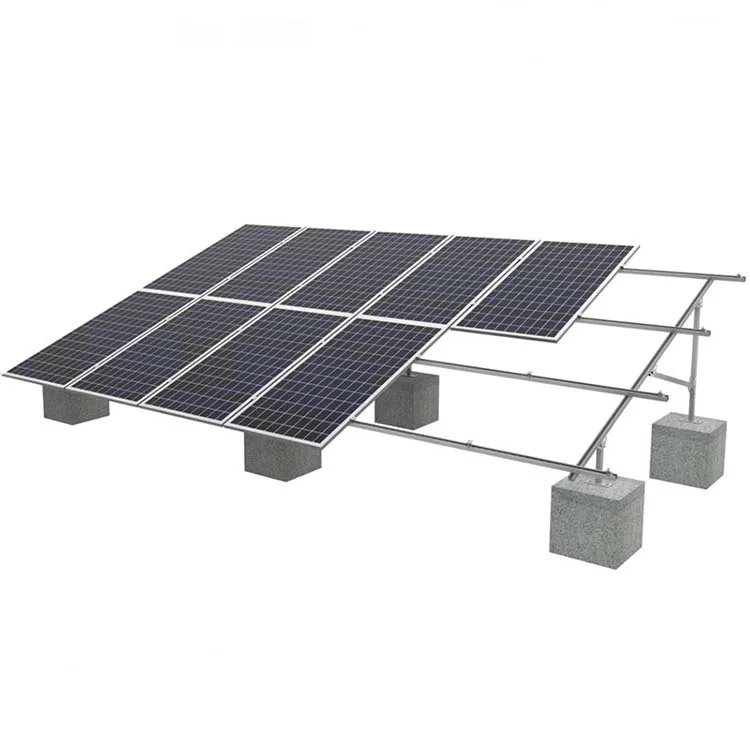
Material selection affects durability: C-Steel Ground Mount with Concrete Foundation
Conclusion
Each type of stainless steel serves distinct purposes:
- SUS304 is the versatile standard for general industrial use.
- SUS316 offers elevated protection in harsh environments.
- SUS430 provides cost-effective performance for non-critical applications.
Understanding their differences enables manufacturers to improve product quality, optimize cost, and ensure regulatory compliance. Whether you’re designing medical instruments, kitchen appliances, or solar racking systems, choosing the right material is crucial to long-term success.





